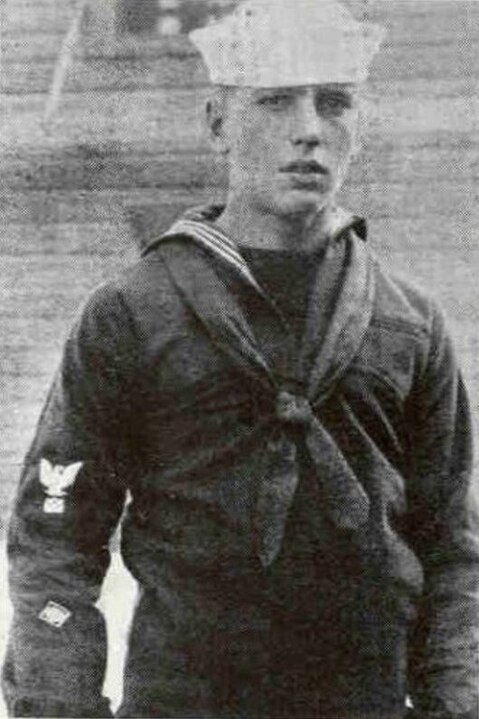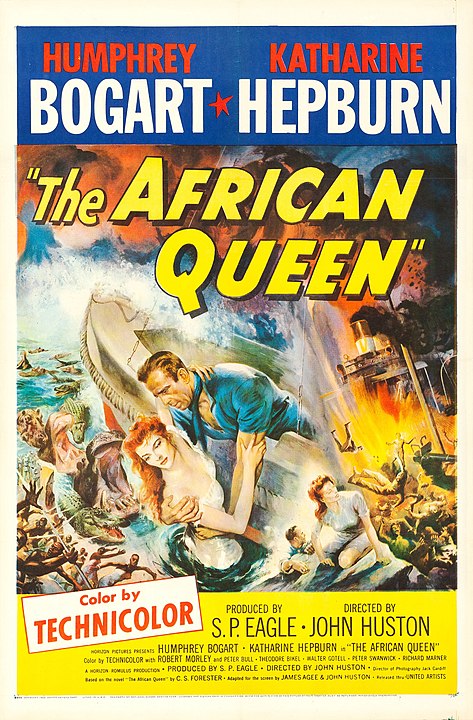Humphrey Bogart is the quintessential film noir actor, his trench coat and fedora as emblematic of the genre as shadowy alleys and femme fatales. Yet, Bogart’s legacy stretches far beyond these atmospheric crime dramas. From his naval service to his Broadway roots, and not forgetting his dynamic partnership with Lauren Bacall, Bogart’s journey through Hollywood is a testament to his versatility and unwavering dedication. His activism and the accolades that followed further highlight a man deeply committed to his craft and principles. Let’s peel back the layers of this Hollywood legend, uncovering the depth of his influence that resonates well beyond the confines of film noir.
Key Takeaways
- Bogart won an Academy Award for ‘The African Queen’, showcasing his versatility beyond film noir.
- His early life in the Navy and advocacy against HUAC highlight his dedication to service and civil liberties.
- Partnership with Lauren Bacall in films like ‘To Have and Have Not’ demonstrated his romantic lead capabilities.
- Bogart’s Broadway career and transition to Hollywood underline his broad acting foundation.
- Named the greatest male star of classic American cinema by the American Film Institute, affirming his wide-ranging impact.
Early Life and Navy Service
Humphrey Bogart, born into a well-to-do family in New York City on December 25, 1899, showcased his patriotism and sense of duty by enlisting in the U.S. Navy at the tender age of 18. Growing up in the vibrant heart of New York, amidst the hustle and bustle of the Upper West Side and the serenity of a sprawling estate, Bogart’s upbringing was a blend of urban sophistication and rural tranquility. This mix of experiences shaped his character, instilling in him a strong sense of commitment and a readiness to serve his country.
His Navy service, which began in the final stages of World War I, was Bogart’s first significant leap into adulthood, marking the start of a lifelong dedication to his country. Later, amidst the throes of World War II, Bogart’s unwavering commitment saw him volunteering for the Coast Guard Temporary Reserve. This wasn’t just about military service; it was a reflection of his steadfast patriotism and an extension of his early life values. Through his actions, Bogart exemplified the spirit of service, proving that he was more than just a screen icon; he was a man of honor and dedication.
Broadway Beginnings
Did you know Bogart’s illustrious career in cinema actually began on the Broadway stage? Before he was a Hollywood legend, he was a Broadway actor, honing his craft in a variety of roles that showcased his versatility and depth. His early performances on Broadway received critical praise, setting the stage for his future successes in film.
Bogart’s shift from the Broadway stage to the big screen was marked by his ability to play a wide range of characters, from gangsters to the complex figures that would later define his career. His time on Broadway wasn’t just a stepping stone; it was a pivotal period where he developed the skills that would make him an icon.
Here’s a glimpse into Bogart’s Broadway beginnings:
| Year | Role |
|---|---|
| Early 1920s | Supporting roles in various productions |
| 1928 | Film debut in ‘The Dancing Town’ |
| 1920s-1930s | Critical praise for stage performances |
| Transformation | From Broadway actor to Hollywood legend |
Bogart’s acting career, marked by early struggles and eventual triumphs, proves that greatness often has humble beginnings. His Broadway days were more than just a prelude; they were the foundation of a legendary career.
Iconic Film Noir Roles
When you explore the world of film noir, you’ll find Bogart’s unforgettable performances as cynical detectives and morally complex characters at its very heart. Known for his iconic roles in classics like ‘The Maltese Falcon’ and ‘In a Lonely Place,’ Bogart’s brooding and tough demeanor practically defined the film noir genre in Hollywood. His portrayal of detectives who navigate through moral dilemmas and intricate plot twists not only captivated audiences but also set a high bar for the genre.
Bogart’s impact on film noir is monumental, influencing modern interpretations and remaining a benchmark for character depth and narrative complexity. His ability to convey nuanced emotions and moral ambiguity made his characters stand out, turning them into the quintessential figures of the film noir landscape. Whether he’s the detective with a heart of gold or a protagonist entangled in a web of deceit, Bogart’s performances are a study in the mastery of the morally complex narrative.
As you immerse into Bogart’s filmography, you’re not just watching movies; you’re immersing yourself in the essence of film noir. His legacy continues to inspire and resonate, proving that Bogart’s contributions to the genre are truly timeless.
Partnership With Bacall
Bogart’s partnership with Lauren Bacall, beginning on the set of ‘To Have and Have Not’ in 1944, sparked not only a legendary on-screen chemistry but also a real-life romance that captivated audiences worldwide. Their collaboration was a cinematic phenomenon, combining Bogart’s tough exterior with Bacall’s sultry presence to create unforgettable moments on screen. Together, they were unstoppable, their real-life romance adding an extra layer of intrigue to every scene they shared.
Their partnership extended to a total of four films, each well-received and cherished by fans and critics alike. The duo’s ability to seamlessly blend their off-screen love into their on-screen performances made each movie a must-watch.
| Film Title | Year | Notable for |
|---|---|---|
| To Have and Have Not | 1944 | Their first collaboration, sparking both their on-screen chemistry and off-screen romance |
| The Big Sleep | 1946 | Showcased their deepening chemistry and acting prowess |
| Dark Passage | 1947 | A reflection of their enduring partnership |
| Key Largo | 1948 | Their final film together, capping off a legendary collaboration |
Bogart and Bacall’s legacy as one of Hollywood’s most iconic couples is undeniable, making their partnership a golden chapter in cinema history.
Activism and HUAC
You’ll find Humphrey Bogart’s political stance against the House Un-American Activities Committee (HUAC) as bold as his on-screen personas. His testimony and outspoken criticism highlighted the impact of HUAC’s actions on Hollywood, standing firm in support of blacklisted colleagues. This activism not only showcased his dedication to justice but also marked a significant chapter in his legacy beyond the silver screen.
Political Stance
Amid the Red Scare’s tension, Humphrey Bogart stood firm against the House Un-American Activities Committee, championing civil liberties and freedom of speech. His political activism was not just a side note. Bogart was a beacon for liberal causes and civil rights movements, boldly taking a stand when fear silenced many. During the height of McCarthyism, he didn’t just whisper his disapproval; he vocally opposed the blacklist, defending colleagues caught in HUAC’s crosshairs.
Bogart’s unwavering support for those targeted for their political beliefs showcased his deep commitment to social justice. In an era where speaking out came with significant risks, his actions earned him immense respect. Bogart wasn’t just a film icon; he was a stalwart defender of free speech and civil liberties.
HUAC Testimony Impact
In 1947, Humphrey Bogart’s fearless testimony before the House Un-American Activities Committee marked a defining moment in his advocacy for democracy and free expression. Expressing strong anti-fascist and anti-Nazi sentiments, Bogart stood firm in his pro-democracy stance, showcasing his opposition to extremist ideologies. His HUAC testimony wasn’t just a moment of personal courage; it was a powerful demonstration of his commitment to activism and defending democratic values. Despite facing backlash for his political views, Bogart’s unwavering voice against threats to democracy and freedom solidified his legacy not just as an iconic actor, but as a staunch advocate for the principles he believed in. His actions during this turbulent period remain a testament to his dedication to a better, more inclusive world.
Legacy and Awards
You’ll find Humphrey Bogart’s legacy shines brightly through his iconic roles and prestigious awards. He’s celebrated as the greatest male star of classic American cinema and clinched an Academy Award for his unforgettable performance in ‘The African Queen.’ His enduring influence and unique screen presence continue to inspire filmmakers and actors alike.
Iconic Roles Recognition
Humphrey Bogart’s unparalleled talent earned him the title of the greatest male star of classic American cinema by the American Film Institute in 1999. His victory at the Academy Awards, snagging the Best Actor for ‘The African Queen,’ highlighted his exceptional skill as an actor. Bogart’s iconic roles in Hollywood, especially in ‘Casablanca’ and ‘The Maltese Falcon,’ have cemented his place in the annals of film history. His enduring popularity isn’t just a tribute; it’s a validation of his impact on cinema and his unique screen presence. Audiences and filmmakers alike continue to celebrate Bogart, acknowledging his significant contribution to classic cinema. His legacy, distinguished by unforgettable performances, ensures his work remains crucial and revered in Hollywood lore.
Prestigious Honors Received
Throughout his illustrious career, Bogart received numerous prestigious honors that solidified his legacy in the film industry. Among these, winning the Academy Award for Best Actor for his role in ‘The African Queen’ stands out as a proof of his talent and unique screen presence. Bogart’s iconic roles and enduring popularity are not just a part of Hollywood lore; they are celebrated milestones that underscore his contributions to the film industry. In 1999, he was named the greatest male star of classic American cinema by the American Film Institute, a recognition that highlights the impact of his work. His receipt of prestigious awards and honors is a fitting acknowledgment to a career that has left an indelible mark on cinema.
Frequently Asked Questions
Why Did They Stop Making Film Noir?
They stopped making film noir because audiences’ tastes changed, opting for brighter genres. Economic shifts and Hays Code restrictions also played a part, pushing Hollywood towards more optimistic stories like musicals and romantic comedies.
Who Was the Best Film Noir Actor?
The answer’s clear: it’s Humphrey Bogart. His performances in classics like ‘The Maltese Falcon’ and ‘Key Largo’ truly set the bar high.
What Was the Last Movie Humphrey Bogart Made?
It was ‘The Harder They Fall,’ released in 1956. This film, showcasing his stellar performance as a cynical sports writer, brilliantly highlighted corruption in the boxing world.
Conclusion
You’ve journeyed through the multifaceted life of Humphrey Bogart, from his early navy days to Broadway lights and film noir nights. His partnership with Bacall, activism against HUAC, and a trophy case full of accolades reveal a legend whose impact stretches far beyond the shadowy corners of noir. Bogart’s legacy, marked by versatility, dedication, and a dash of rebellious spirit, continues to inspire. Indeed, Humphrey Bogart was much more than just film noir; he was Hollywood’s eternal icon.





